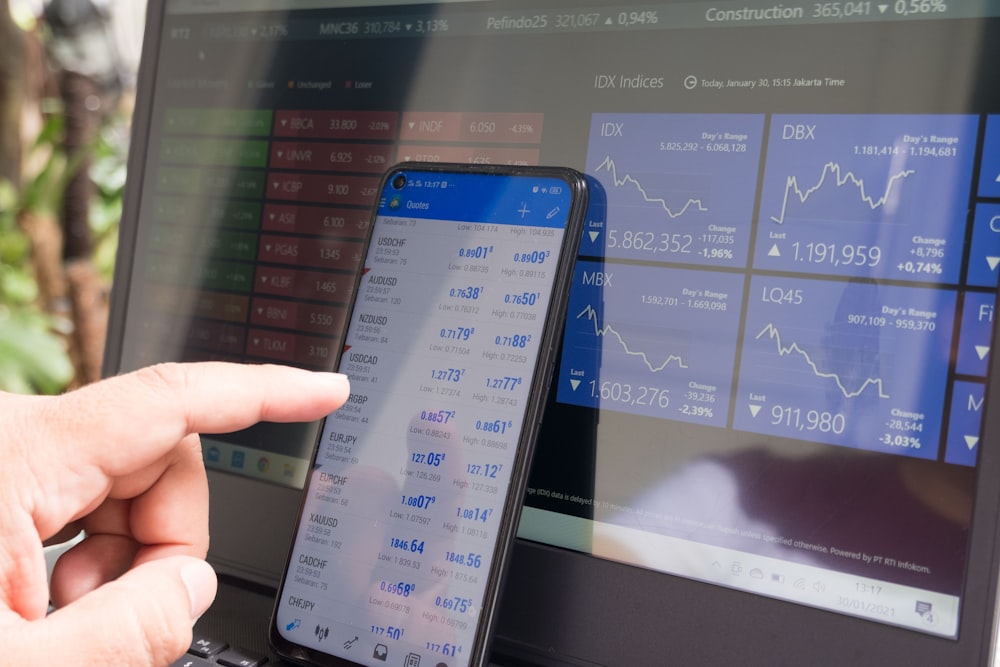

While Monday’s massive stock selloff produced one of the worst days for the markets in two years, it also created an opportunity for investors to find good value stocks.When the Nasdaq sank more than 900 points at the opening bell, you knew this was going to be a bad day. By day’s end, the Dow Jones Industrial Average fell 1,024 points, or 2.6%, while the S&P 500 dropped 160 points or 3%, and the Nasdaq plummeted 576 points or 3.4%. It was the worst day for large cap stocks since September of 2022.On Tuesday, the markets opened modestly higher, so it appears the bleeding has stopped, for now at least. But indicators suggest that this could be a period of volatility for the markets, so investors should be both wary and opportunistic, looking for stocks of good companies at great values.
Wisdom from the Oracle of Omaha
The Oracle of Omaha, Warren Buffett, chairman and CEO of Berkshire Hathaway (NYSE: BRK-A) (NYSE: BRK-B), has seen the signs for a market correction, based on the high valuations in the market. In the last quarter, he increased the cash position in the company’s portfolio by nearly 50% to a record $277 billion and sold massive amounts of stock in his two largest holdings – Apple and Bank of America.At the annual shareholders meeting in the Spring, Buffett said he will deploy the cash when he sees good opportunities, but at that point, he didn’t see any good values, especially in the large cap space he is forced to fish in.But in the past two weeks, the S&P 500 has dropped 8% and the Nasdaq Composite plummeted 12%, which is considered a correction. This has created some good values, so investors should be on high alert. Because it was Buffett himself who said, “You make most of your money in a bear market, you just don’t realize it at the time.”Now, this is not a bear market, yet, but it is a correction, and it could spiral into bear market territory, considered a 20% drop, particularly for the tech-heavy Nasdaq.
What should investors do?
The first thing to know about the recent stock selloff is that it is probably not over yet. While the Nasdaq has dropped 12% and the S&P 500 is off 8%, both of those markets remain overvalued. The Nasdaq 100 has a P/E ratio that is still over 30 at about 30.6, which is historically high. For context, the Nasdaq 100’s P/E ratio was at about the same level in late 2021, just before the 2022 bear market.The Shiller P/E ratio is also higher than normal. The Shiller P/E ratio gauges the 10-year inflation-adjusted P/E ratio of the S&P 500, and it is at 33.6, which is also as high as it was in early 2022 before the market dropped. The historical range for the Shiller P/E is in the low-to-mid 20s, but it has been trending higher over the past decade as more people have become investors. But still, anything over 30 is a warning sign that stocks are overvalued.Investors should be looking for stocks with low or normal valuation ranges. For example, NVIDIA (Nasdaq: NVDA) has lost about 30% of its value in recent weeks, but its P/E ratio is still fairly high at 58. That’s down from 81 in January, but it is still well above the Nasdaq average.Alphabet’s (Nasdaq: GOOG) (Nasdaq: GOOGL) P/E ratio is down to about 23, which would be considered cheap for a growth stock with Alphabet’s type of earnings power.The P/E ratio is by no means the be-all, end-all metric when evaluating a stock, but at times like this, it is a good place to start before conducting more detailed analysis on earnings, growth catalysts, and other factors.
Value stock resurgence?
In the month of July, the S&P 500 Value Index gained 5%, beating the S&P 500, which gained 1.1%, and the S&P 500 Growth Index, which fell 9% in the month.The results were similar for the Russell 1000 Value Index, which was also up 5% in July and beat the Russell 1000 and Russell 1000 Growth indexes.As investors sell out of overheated large cap growth stocks, they will be looking for other options, like small caps and value stocks, as part of what some experts have dubbed the great rotation.Value stocks tend to outperform during market downturns or recessions, but they also are much less volatile. For example, over the last three years through Aug. 5, large cap value stocks have an average annualized return of 6.9% while large cap growth stocks have an average annualized return of 3.5%.So during a three year period that featured a significant bear market and a significant bull market, large cap value stocks outperformed large cap growth stocks.The key, as always, is to do your research. This is a time for stock pickers, but it requires looking at stocks individually and not based on attributes of a sector or investment type.More By This Author:After A Rough July, Can Tech Stocks Rebound In August? Is This The Right Time To Buy Nvidia Stock? Fed Keeps Rates Unchanged, But September Cuts “On The Table”
















